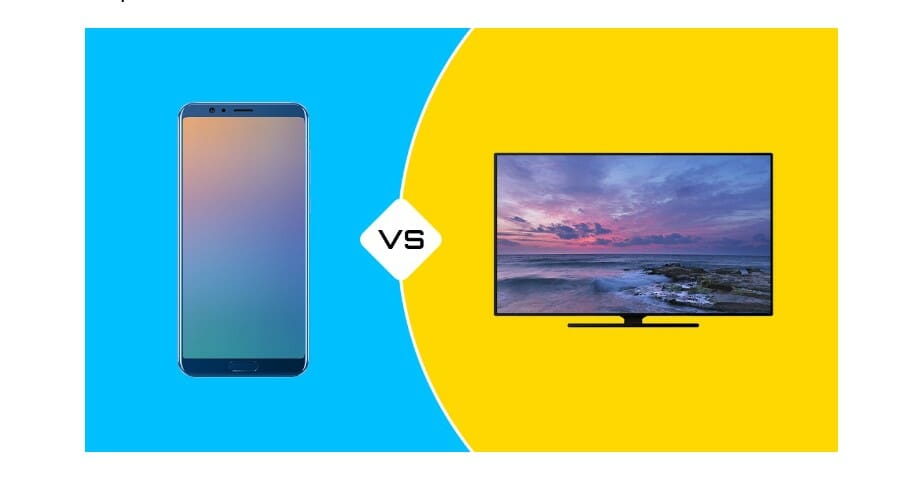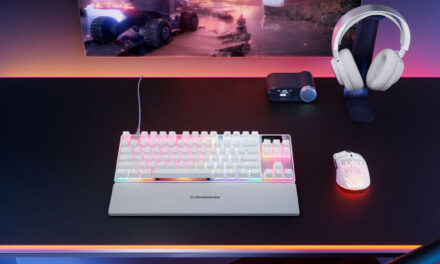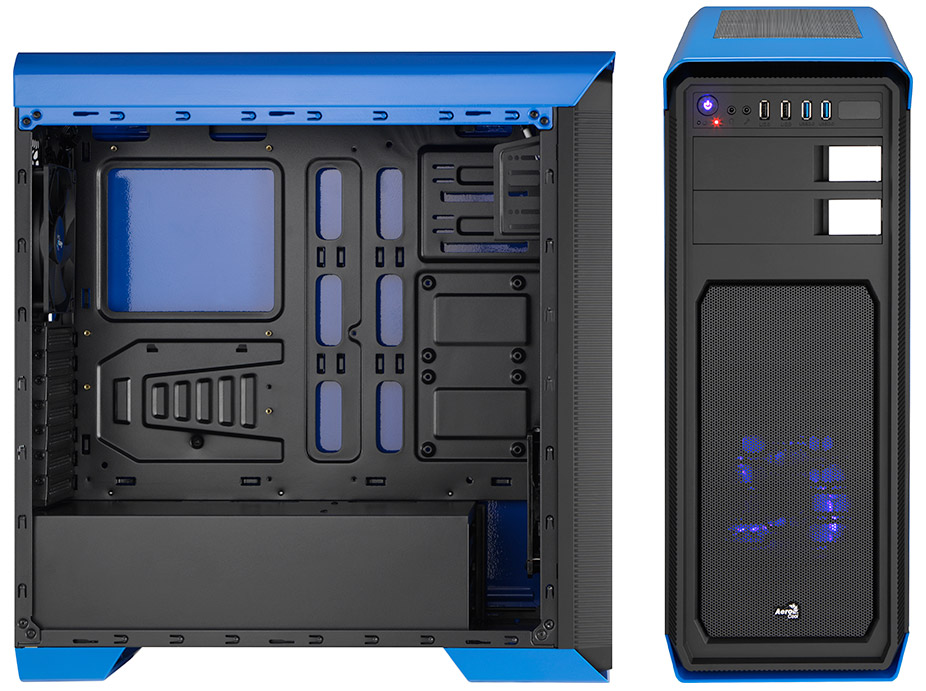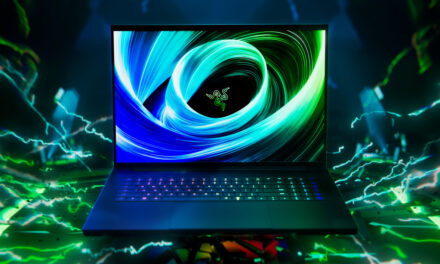
Smartphones vs Smart TV: What Is More Popular?

Today a lot of people are active users of smartphones and smart TVs. They usually choose devices founded on technical parameters. Gadgets did not gain peak popularity immediately; certain changes in their functions led to this. In the 2000s, the concept of instant user satisfaction began to actively develop. It meant the provision of services immediately after the request. Technologies had to evolve in the direction of user satisfaction.
You cannot carry a Smart TV in your pocket, because of its size. Smartphones, in their turn, are not convenient for TV watching. Users cannot enjoy cinematic effects and scene depth to the fullest. The convenience of use hugely depends on location and circumstances. For example, during the COVID-19 pandemic, a lot of people spent their time at home. Due to this, Smart TVs suddenly became very popular. People organized their leisure using the functions of gadgets with big screens. WebOS developers created applications for LG Smart TVs, this software also became very popular. Functionalities that people preferred were media players and admittance to many channels. Among popular additional options were multilingual support and voice control. Smart TVs received a lot of fans due to functionalities and specific circumstances, under other conditions, smartphones are more popular.
How Geography Affects The Popularity Of Devices
Ever since the large display OTT market emerged, the popularity of connected TVs and smart gadgets has grown steadily. In developed countries, both of these gadgets are popular among users. For example, in North America, people use screens of different sizes in everyday life. At the same time in Africa or Asia, Smart TVs are more popular, because most content does not adapt to mobile displays. You can see the worldwide statistics of TV users’ growth from 2017 to 2026.
Except for the dominant content, we should take into account gadget cost. In developed countries, people can buy Smart TVs with big screens and a lot of functions. In less mature areas users prefer smartphones because they are cheaper. Adaptation to a small display is not a question of convenience but economy.
If the price of Smart TVs is lower in less developed countries, devices will become more popular among users. We think there will be more people who prefer big displays to small ones soon. That is because TV models with adequate pricing are already present on the market.
Gaming And Viewing Time
If we are talking about time-spending by screen, Smart TVs are the champions. These devices are popular for family leisure, as the picture on their displays is more amazing than those on smartphones. Small screens are not convenient for long watching. Smartphones are good for messaging, using different mobile apps, calls, and communication. Devices do not create a sense of augmented reality, and because of this, they are less popular for watching movies. Their popularity also depends on the functions and the way people use them. For example, you can play games on both of these gadgets, also on a PC, laptop, or tablet. If we talk about Smart TVs and smartphones, the first is more convenient for leisure and viewing various content. For video games, users prefer larger screens, you can see the statistics of gaming video content users.
What Will Happen In The Future
We believe that in the nearest future Smart TVs will dominate other smartphones. If their cost becomes more affordable, a lot of people will eventually buy these devices for entertainment. Developers of Smart TVs constantly improve their characteristics, unlike manufacturers of other devices. For our mind in the future demand for them will grow tremendously. At the same time, the target audience of smartphones is unlikely to decrease. This is due to the different purposes of gadgets.
The Target Audience Of Smartphones And Smart TVs
A lot of children and adults prefer smartphones for their everyday use. With these gadgets, people communicate and watch a lot of video content. Elderly people usually have problems with eyesight, and because of this, it is difficult for them to perceive content on a small screen. Adults and teenagers are more advanced than people aged. They use smartphones for listening to music, watching movies, and playing games.
As a rule, elderly people do not need so many functions. They usually use smartphones for calling and messaging only. People aged more prefer watching movies, films, or TV series on Smart and connected TVs. Big screens provide better image perception, it is easier for people to consume content.
The target audience of Smart TVs — is families with children, people aged, and teenagers who like video gaming. Smartphones are not convenient for watching movies with multiple people, big displays are more comfortable for this goal.
In conclusion
The COVID-19 pandemic has made adjustments to how we consume content. Now the world is finally stabilizing after the pandemic. Most likely, televisions will soon become the main tool for watching movies and family leisure. At the same time, smartphones will continue to be popular for watching short videos among younger users.
When determining the popularity of devices, it is important to consider not only geography or cost but also their purpose. Using the smartphone, you can take photos and write messages wherever you are. With TVs, you cannot record video, or call your friends, but you can watch your favorite films, and listen to music at home. Due to different applications, smartphones and smart TVs will keep gaining popularity among certain categories of people.


























